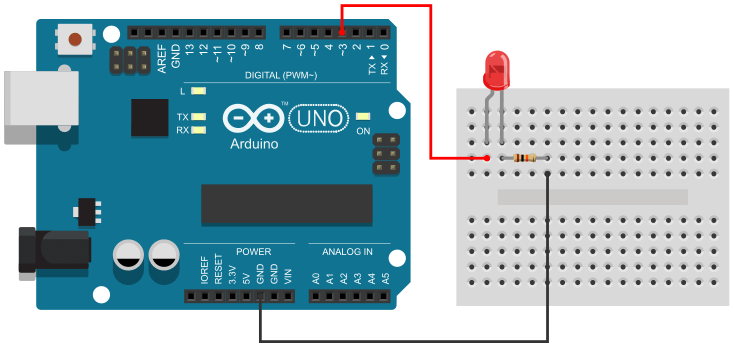


And your application will keep running smoothly and toggle the LED every TimeInterval as you’ve programmed it to.

Here is the basic micros() delay time interval example we’ll consider.Īlways T2 (the current time stamp) will be larger than T1 (the previous timestamp). The behavior at the time of overflow will differ from one project to another depending on the purpose you’re using the micros() function for. But after 71.58 minutes, the counter will overflow and the system will miss at least one action before it corrects itself and goes back to normal. This happens once every 4,294,967,295 μs ( 71.58 minutes) and most of your projects won’t be up and running for this long period of time. When the Arduino micros() internal counter variable reaches its maximum limit ( 2 32-1 which is 4,294,967,295) it will overflow and rollover back to zero and start counting up again. TimeInterval ) variable down to maybe 90μs or something.Īrduino micros() Overflow (Rollover) Issue This can be easily compensated for by adjusting the ( It’s coming to around 112μs due to some time wasted in context switching and function calls. As shown on my oscilloscope screen, it’s not a perfect 100μs time interval as we’d expected. Here is the result of testing this project on my Arduino UNO board. You can check this simulation project on TinkerCAD using this link.
#ARDUINO MILLIS MICROS CODE#
You can run it as is, or make a copy and add your own code and start running the simulation to see how it’s going to behave. Here is the simulation result for this project on the TinkerCAD simulator. In this way, we’ve achieved the same functionality of a delay without even using a delay that blocks the CPU for no reason and also we’re using an efficient way that’s easily scalable for larger systems as we’ll see in the next project example.


 0 kommentar(er)
0 kommentar(er)
